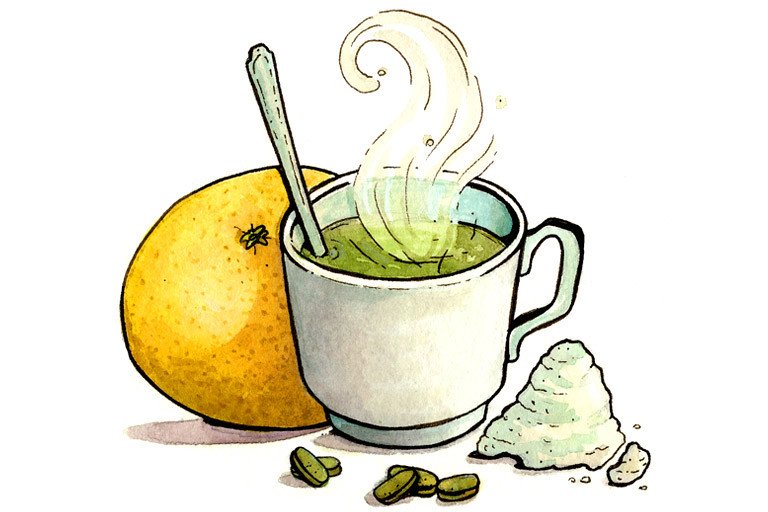
Common Names
- Controlled Amino Acid Therapy
For Patients & Caregivers
Tell your healthcare providers about any dietary supplements you’re taking, such as herbs, vitamins, minerals, and natural or home remedies. This will help them manage your care and keep you safe.
No studies have been performed to determine the safety or effectiveness of Controlled Amino Acid Therapy (CAAT) as a cancer treatment.
Supporters of CAAT say that eating a special diet low in carbohydrates and deprived of certain amino acids may help as an added cancer therapy. They point to animal studies showing that low-calorie diets can shrink tumors. Other studies suggesting that cancer cell lines might be targeted by depriving them of glucose or amino acids have also been mentioned. However, there are no clinical studies to show this therapy is an effective cancer treatment in humans.
It's important to note that restrictive diets may lead to nutrient deficiency.
- To treat cancer
Studies have yet to be conducted to determine whether CAAT has any effect on cancer in humans.
Special Point:
Restrictive diets may lead to nutrient deficiency.
For Healthcare Professionals
Controlled Amino Acid Therapy (CAAT) was developed by Angelo John of the A. P. John Institute for Cancer Research. It is a protocol that involves amino acid and carbohydrate deprivation. The objective of this therapy is to impair the development of cancer cells by altering cell formation through structure, energy, blood vessels, growth hormones and function. The regimen consists of a diet that restricts intake of carbohydrates and proteins, and involves the use of supplements. In addition, supplementation with Superoxide Dismutase, curcumin, parsley, quercetin, lycopene, Vitamin D and green tea extract is encouraged. (See individual monographs for more information about those supplements.) The protocol is meant to be maintained for six to nine months as an adjunct to conventional chemotherapy and radiation. Whereas the Institute’s now defunct website described studies that support the theories behind the protocol, no studies have been conducted to determine the safety or efficacy of the regimen itself.
- Cancer treatment
According to its proponents, CAAT curbs the growth of cancer cells by impairing a number of factors essential to their growth. Restricting a cancer cell’s access to glycine is thought to limit its ability to replicate its DNA, build new blood vessels, and create growth factors and other hormones essential for metastatic growth. Additionally, the low-carbohydrate diet is thought to inhibit glycolysis, the main mechanism for cancer cells to derive energy.